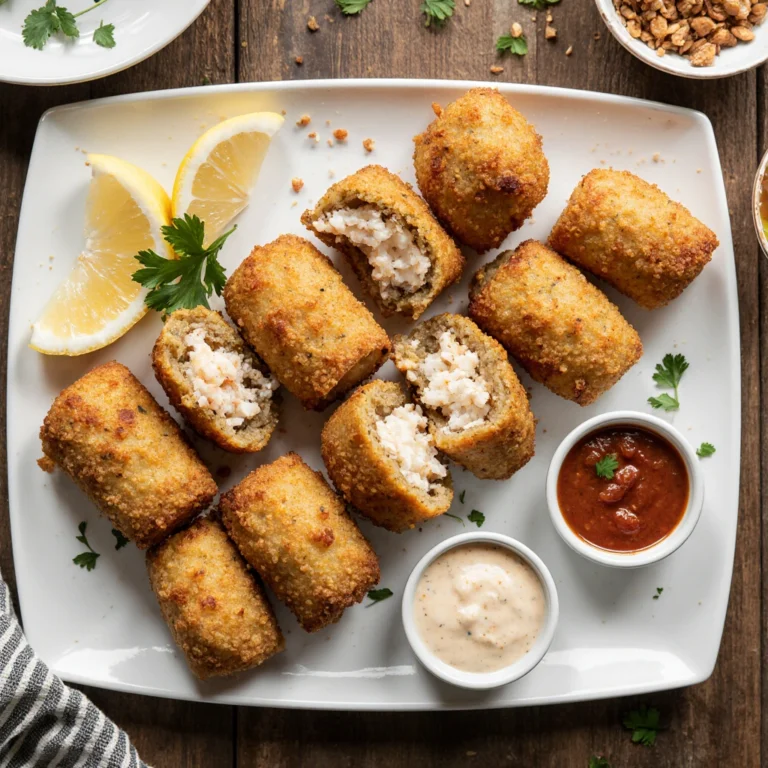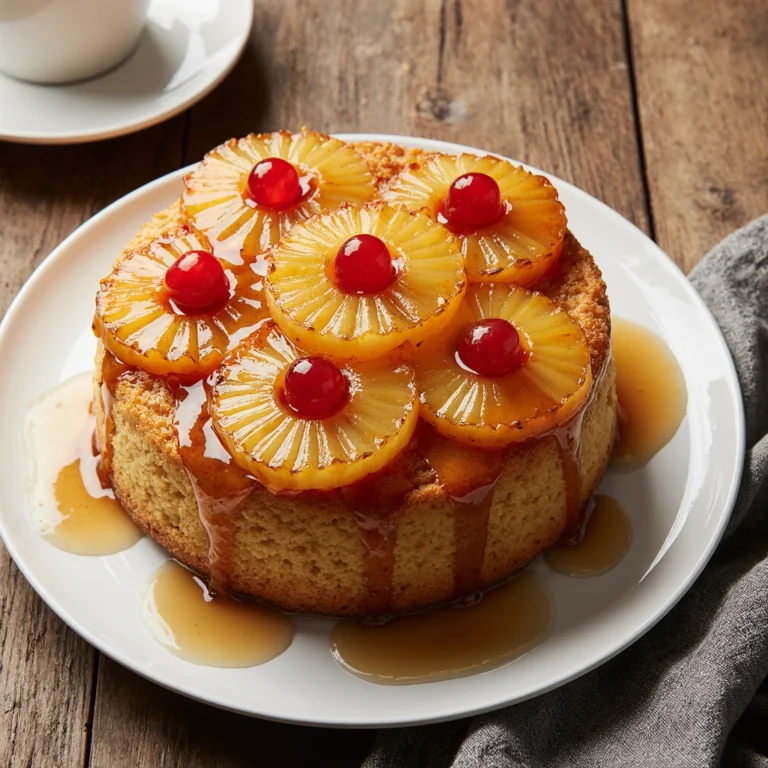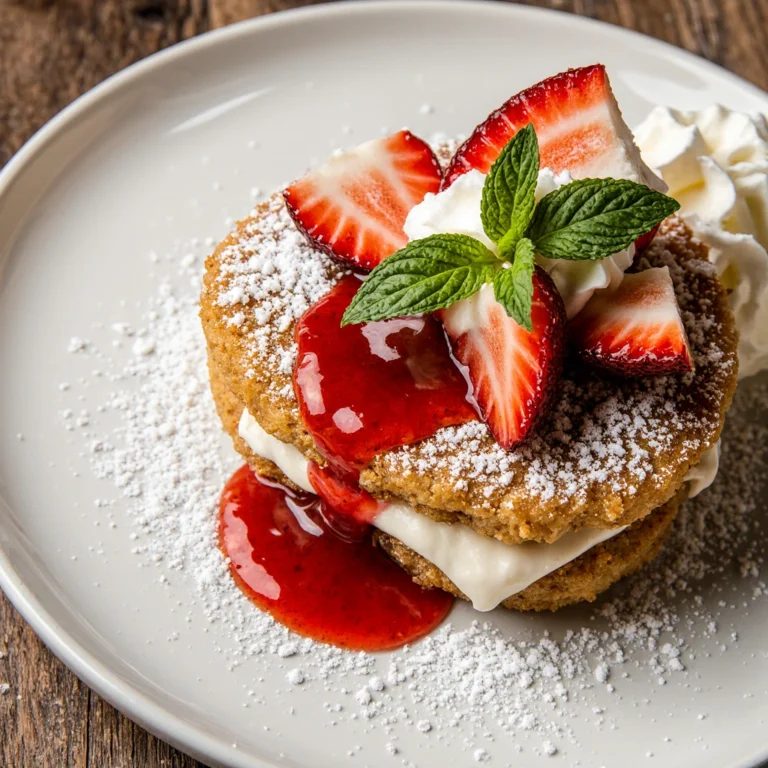Table of Contents
Finding the perfect birthday cake ideas can transform any celebration into an unforgettable event. This comprehensive guide is designed to ignite that spark, offering a treasure trove of concepts that range from timeless classics to innovative, show-stopping creations. .
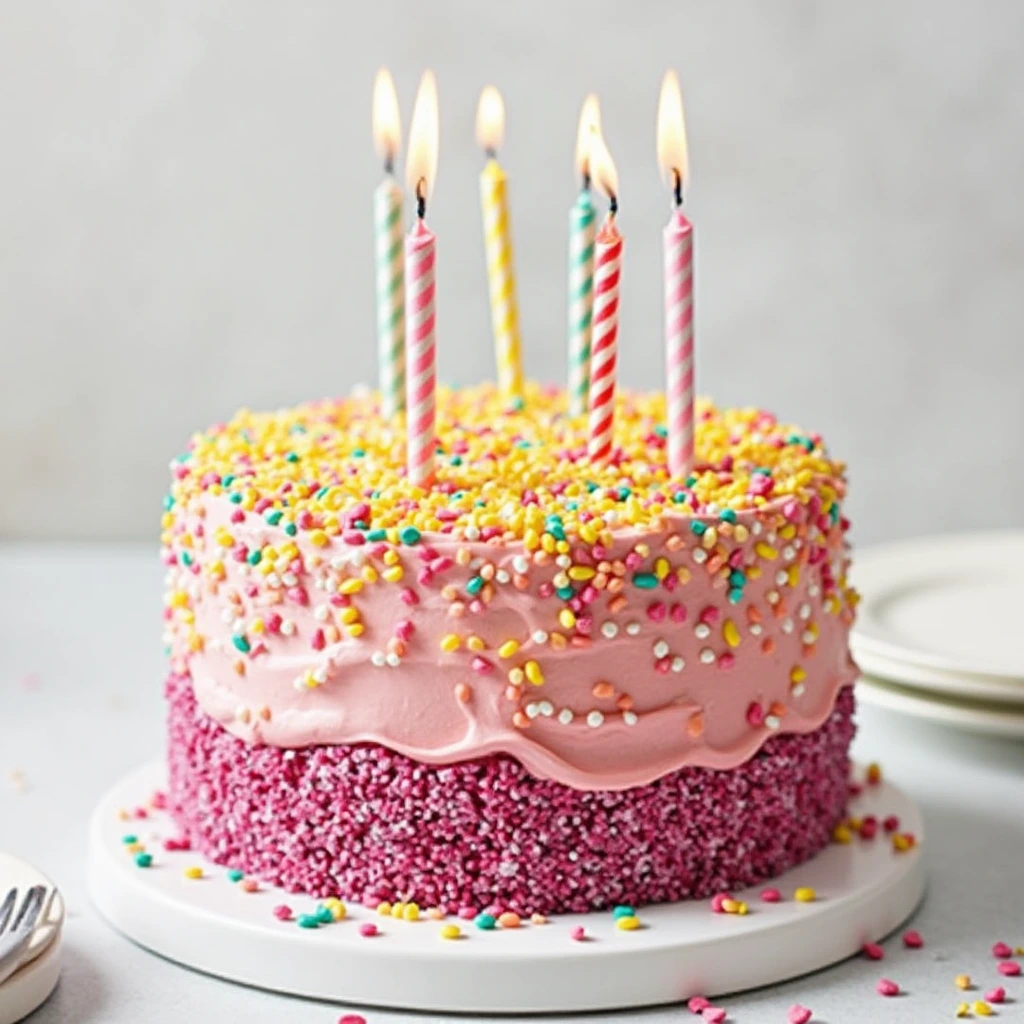
Ingredients List: Crafting Your Dream Cake
While birthday cake ideas are vast, foundational ingredients form the backbone of delectable creations. Flexibility is key – most ingredients have delightful substitutes for dietary needs or preferences.
The Essentials:
- Flour: All-purpose is common; cake flour for lighter texture. Substitution: Gluten-free blends or almond flour.
- Sugar: Granulated for sweetness. Substitution: Maple syrup, honey, erythritol, or stevia.
- Eggs: For structure and lift. Substitution: Flax eggs, mashed banana, or applesauce for egg-free/vegan.
- Butter/Oil: For tenderness and flavor. Substitution: Coconut oil, applesauce, or Greek yogurt for healthier options.
- Milk/Buttermilk: For liquid. Substitution: Plant-based milks. Homemade buttermilk (milk + lemon juice/vinegar).
- Leavening Agents: Essential for rise. No direct substitutions.
- Vanilla Extract: Universal flavor enhancer. Substitution: Other extracts like almond, lemon, or peppermint.
Optional Enhancers & Flavorings:
- Cocoa Powder: For chocolate cakes. Substitution: With melted dark chocolate for deeper flavor.
- Coffee/Espresso: Intensifies chocolate flavor.
- Fresh Fruits/Zests: Adds natural sweetness and flavor. Substitution: Thawed and drained frozen fruits.
- Spices: Cinnamon, nutmeg, cloves, ginger for warm flavors.
- Nuts/Chocolate Chips: Adds texture and flavor. Substitution: Toasted coconut flakes or dried fruits.
Embrace the creative freedom these ingredients offer to make your birthday cake truly personal.
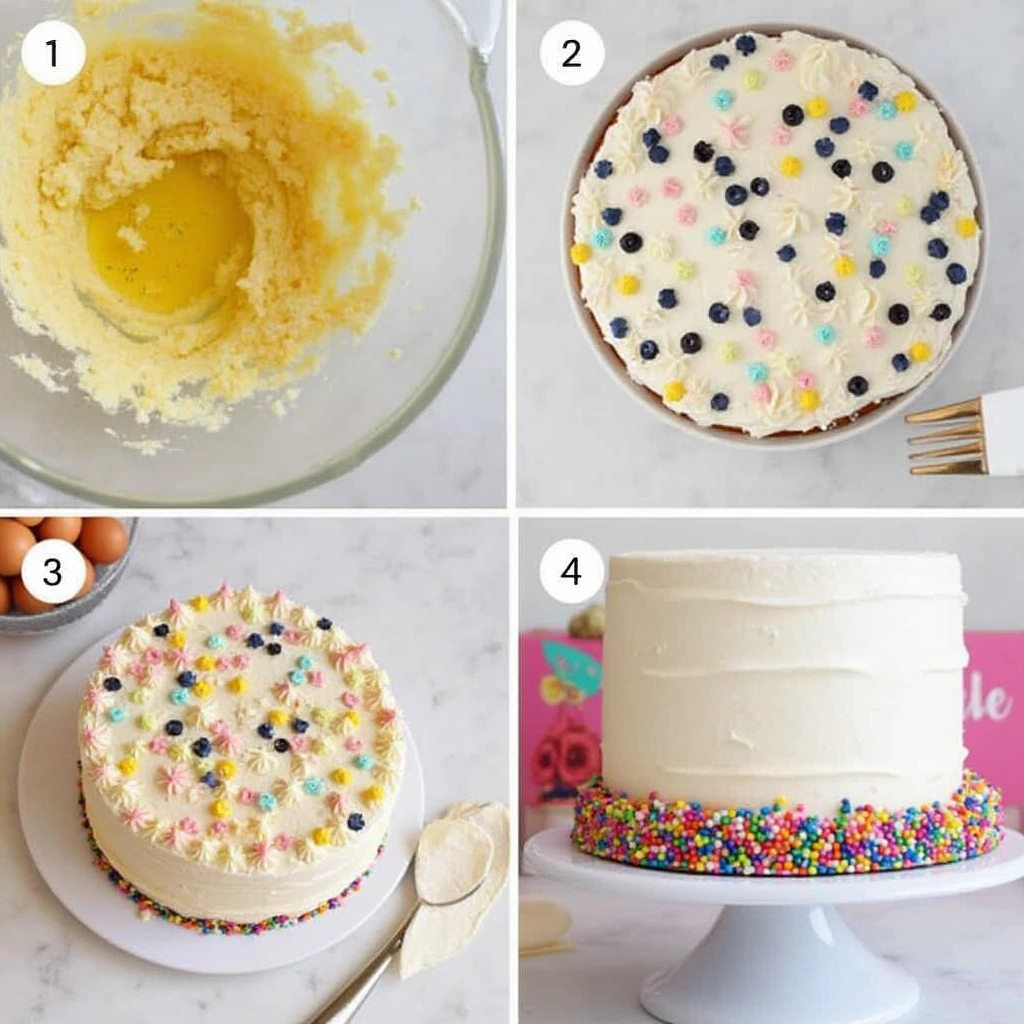
Timing: Patience and Precision in Baking
Understanding time commitment is crucial for stress-free baking. Here’s a general breakdown:
- Preparation Time: 20-30 minutes (up to 45 for elaborate cakes).
- Baking Time: 25-35 minutes for standard cakes; cupcakes 18-22 minutes; larger cakes 1+ hour. Two-layer cakes need ~30 minutes per layer.
- Cooling Time: 1-2 hours at room temperature, essential before frosting. Can be expedited in refrigerator (30-60 minutes).
- Decorating Time: Varies. Simple: 30 min-1 hour. Intricate: 2-4+ hours.
Total Estimated Time: For a standard two-layer cake with moderate decoration, expect 3 to 6 hours.
Tips for Time Management:
- Read Recipe Thoroughly: Understand the flow.
- Mise en Place: Measure all ingredients beforehand.
- Bake Ahead: Bake layers days in advance, wrap, and store.
- Simplify Decoration: Opt for simpler techniques if time is short.
- Utilize Downtime: Prepare frosting, clean, or gather tools while cake bakes/cools.
Smart strategies ensure a smooth, enjoyable baking process.
Step-by-Step Instructions: Your Baking Journey Begins
Baking your birthday cake is exciting. These adaptable instructions offer personalized tips for a smooth, enjoyable journey.
Step 1: Prepare Your Baking Pans
Grease pans thoroughly, line with parchment, and lightly flour (or cocoa for chocolate cakes). Tip: Cocoa prevents white marks.
Step 2: Preheat Your Oven
Preheat oven 15-20 minutes in advance. An oven thermometer ensures accuracy. Tip: Ensure ingredients are at room temperature for a smoother batter.
Step 3: Sift Dry Ingredients
Sift dry ingredients to aerate and distribute evenly, leading to a lighter cake. Tip: Add a pinch of unique spice for elevated flavor.
Step 4: Cream Butter and Sugar
Beat softened butter and sugar until light and fluffy (3-5 minutes). This incorporates air, crucial for a light texture. Tip: Don’t rush this step.
Step 5: Add Eggs One at a Time
Add eggs one at a time, beating well after each. This ensures proper emulsification. Tip: An extra egg yolk adds richness and moisture.
Step 6: Alternate Dry and Wet Ingredients
Add dry ingredients in thirds, alternating with liquids in halves, starting and ending with dry. Mix just until combined to avoid overdeveloping gluten. Tip: Use a rubber spatula for a final gentle fold.
Step 7: Pour Batter and Bake
Divide batter evenly among pans. Tap to release air bubbles. Bake in preheated oven; avoid frequent opening. Tip: Rotate pans halfway for even results.
Step 8: Cool Cakes Completely
Cool cakes in pans for 10-15 minutes, then invert onto a wire rack to cool completely (1-2 hours). Do not frost warm cakes. Tip: Gently press warm cakes for flat layers.
Following these steps will help you create a delicious and visually stunning birthday cake.
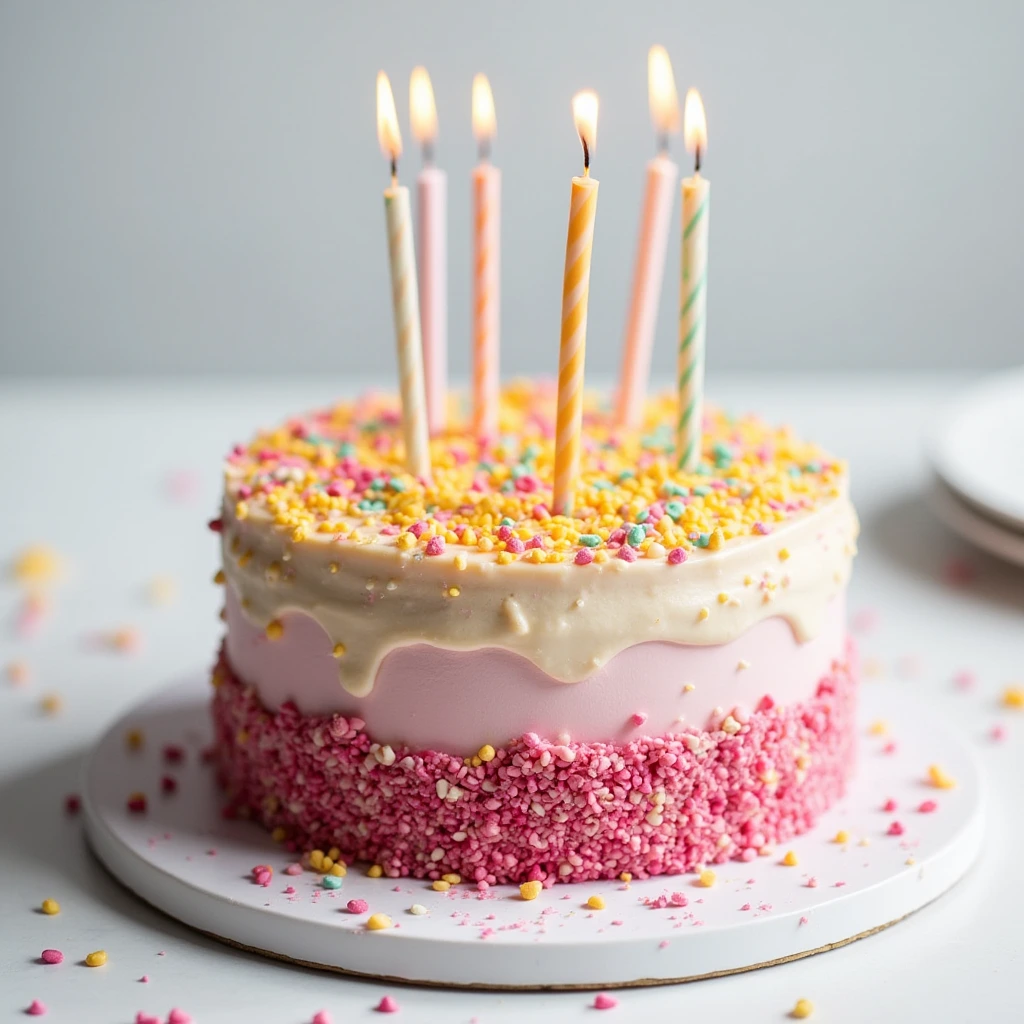
Nutritional Information: Understanding Your Slice
Understanding your cake’s nutritional breakdown helps in making informed choices. Content varies by ingredients and portion size.
- Calories: 300-500 kcal (sugar, fat, frosting).
- Total Fat: 15-25g (higher in butter/cream cheese frostings).
- Saturated Fat: 8-15g.
- Cholesterol: 50-100mg (eggs, dairy).
- Sodium: 200-400mg (leavening agents).
- Total Carbohydrates: 40-70g (flour, sugar).
- Dietary Fiber: 1-3g (not a significant source).
- Total Sugars: 30-50g (added sugars).
- Protein: 3-6g (eggs, milk).
Table: Approximate Nutritional Breakdown (per 100g serving)
| Component | Vanilla Cake | Chocolate Cake | Red Velvet Cake |
|---|---|---|---|
| Calories | 350 kcal | 420 kcal | 450 kcal |
| Total Fat | 18 g | 22 g | 25 g |
| Saturated Fat | 10 g | 13 g | 15 g |
| Cholesterol | 60 mg | 75 mg | 80 mg |
| Sodium | 280 mg | 350 mg | 380 mg |
| Total Carbs | 45 g | 55 g | 60 g |
| Dietary Fiber | 1 g | 2 g | 1 g |
| Total Sugars | 35 g | 45 g | 48 g |
| Protein | 4 g | 5 g | 5 g |
Note: Values are illustrative and vary by recipe.
Key Considerations: Portion size, frosting type, ingredients, and add-ins significantly impact the nutritional profile. Mindful indulgence is key.
Healthier Alternatives: Guilt-Free Indulgence
Transform traditional cake recipes into healthier treats with smart modifications.
1. Reduce Sugar: Use mashed bananas, applesauce, date paste, or pureed fruits. Spices like cinnamon can enhance perceived sweetness.
2. Flour Alternatives: Substitute whole wheat flour for added fiber. Gluten-free blends or nut flours (almond, oat) add protein and healthy fats.
3. Smart Fat Swaps: Replace butter/oil with unsweetened applesauce, pureed prunes, Greek yogurt, cottage cheese, or avocado for moisture and reduced fat.
4. Lighter Frosting: Opt for whipped cream (dairy or coconut), fruit purees, light glazes, or lightened cream cheese frosting.
5. Incorporate Fruits and Vegetables: Add grated carrots, zucchini, beets, or fresh berries for moisture, nutrients, and natural sweetness.
Experiment with these alternatives for delicious, healthier birthday cakes.
Serving Suggestions: Presenting Your Masterpiece
How you serve your cake elevates the experience. Here are creative and personalized tips.
1. Classic Elegance: Simple cake stand, dusting of powdered sugar or cocoa. Use stencils for patterns.
2. Fruity & Fresh Accents: Surround with fresh berries or citrus zest/slices. Candied citrus peels add texture.
3. Sauce & Drizzle Delights: Offer warm chocolate ganache, salted caramel, or fruit coulis. Crème anglaise or custard adds luxury.
4. Ice Cream & Whipped Cream Pairings: A scoop of complementary ice cream or fresh whipped cream. Infuse whipped cream with liqueur.
5. Themed Presentation: Integrate party theme with plates, napkins, edible glitter, or personalized toppers.
6. Coffee & Tea Companions: Offer freshly brewed coffee, espresso, or tea.
7. Individual Portions: Pre-slice for convenience, or make mini cakes/cupcakes. Decorate each uniquely.
Thoughtful serving transforms your birthday cake into a memorable experience.
Common Mistakes to Avoid: Learning from Experience
Avoid common baking pitfalls for a successful birthday cake.
1. Not Reading the Entire Recipe First: Leads to missed steps. Read the full recipe.
2. Incorrect Ingredient Temperatures: Causes dense cake. Use room temperature ingredients for better rise and texture.
3. Overmixing the Batter: Develops gluten, resulting in tough cake. Mix only until just combined.
4. Opening the Oven Door Too Soon: Causes cake to sink. Avoid peeking, especially in the first two-thirds of baking.
5. Not Cooling Cakes Completely Before Frosting: Frosting will melt. Cool completely for a clean finish.
6. Inaccurate Measuring: Baking is precise. Use proper tools; a kitchen scale improves accuracy.
7. Overbaking or Underbaking: Leads to dry or gooey cake. Rely on visual cues and toothpick test.
8. Forgetting to Prepare Pans Properly: Causes sticking. Grease and flour (or parchment) pans adequately.
Avoiding these mistakes improves baking success.
Best Amazon Picks :
- “9.5” Nonstick Fluted Cake Pan, Carbon Steel.
- Amazon Basics 6-Piece Nonstick Bakeware Set.
- Sweejar Baking Pans Set.
Storing Tips: Keeping Your Cake Fresh
Proper storage maintains your birthday cake’s moisture, flavor, and texture.
1. Room Temperature Storage: Most frosted cakes (buttercream, ganache, fondant) are best at 68-72°F for 2-3 days. Use a cake dome or airtight container. Exception: Perishable cakes (fresh fruit, whipped cream, cream cheese) must be refrigerated.
2. Refrigeration: Perishable cakes last 5-7 days in an airtight container. Bring to temperature before serving for best flavor.
3. Freezing: Excellent for long-term storage. Unfrosted layers: 2-3 months. Frosted cakes: 1-2 months. Wrap tightly to prevent freezer burn. Thaw in refrigerator overnight.
4. Prepping Ingredients Ahead: Dry ingredients can be measured and stored. Wet ingredients (non-perishable) can be set aside. Frosting can be made ahead and re-whipped.
These tips ensure your cake remains a delightful treat.

